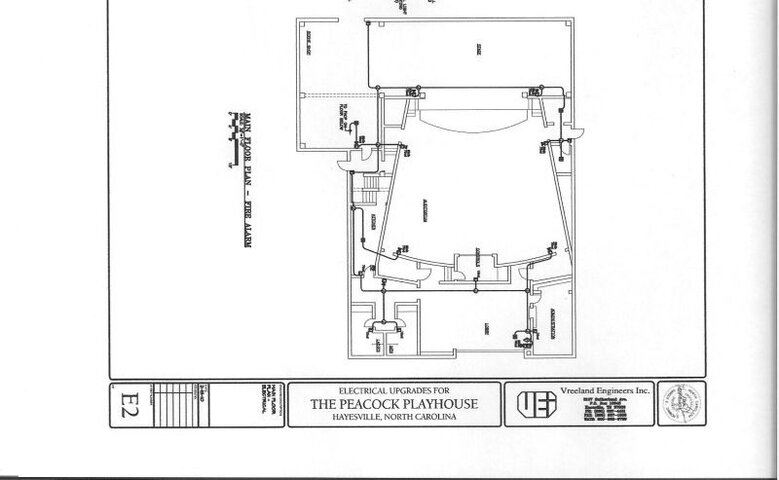JLNorthGA
Active Member
Our playhouse has a proscenium opening that is 30' W and 16' high. The total width of the stage wall is maybe 50' max. The height from stage floor to suspended ceiling is maybe 25'. We have cinder block walls. The house is a small house (250 seats), so it is maybe 65' from the back wall to the proscenium opening. We have plays (including musicals) and concerts.
We would use the system primarily for sound effects and music before the show and during intermission. It might be used to amplify the voices of those who can't quite project (announcers, MCs and the like). Most musical groups bring in their own sound system - but if the speakers were reasonable, the acoustic groups might use it to "boost" their output.
We are in a small town (seriously - we have maybe 12,000 people in the county). The local sound guy is trying to sell us an array system. He is also trying to sell us a lot of other stuff, but that is another question.
I can mount the speakers on either side of the stage opening - not a problem.
Is there any great advantage in going for line array speakers?
Another point that was brought up was the "need" for a subwoofer. I wasn't sure about the need for one. The cost isn't that much (placement is another thing). Would a subwoofer be a reasonable purchase?
We would use the system primarily for sound effects and music before the show and during intermission. It might be used to amplify the voices of those who can't quite project (announcers, MCs and the like). Most musical groups bring in their own sound system - but if the speakers were reasonable, the acoustic groups might use it to "boost" their output.
We are in a small town (seriously - we have maybe 12,000 people in the county). The local sound guy is trying to sell us an array system. He is also trying to sell us a lot of other stuff, but that is another question.
I can mount the speakers on either side of the stage opening - not a problem.
Is there any great advantage in going for line array speakers?
Another point that was brought up was the "need" for a subwoofer. I wasn't sure about the need for one. The cost isn't that much (placement is another thing). Would a subwoofer be a reasonable purchase?



